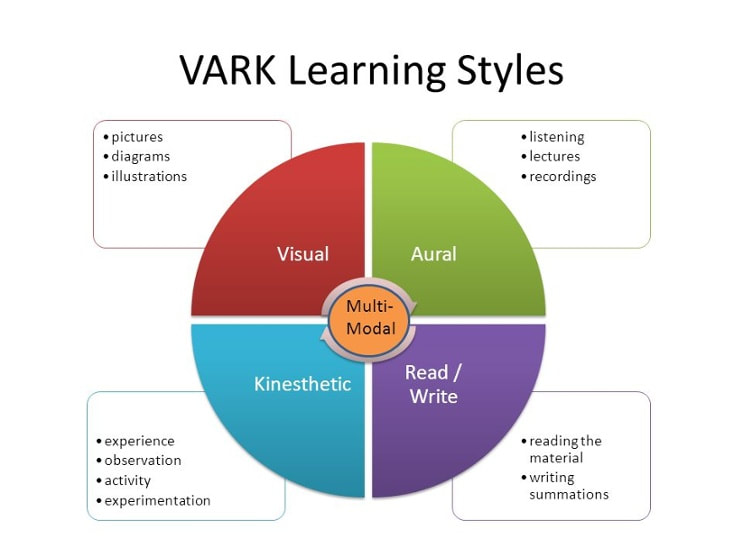Learning Style and Online Learning
 |
| bandiwagephotography.com |
Every student has their style to learn something. Basically, an individual’s learning style refers to the way in which the student absorbs, processes, comprehends and retains information.
For example, when learning how to play guitar, some students understand the process by following verbal instructions, while others have to practicing guitar themselves. This notion of the types of learning styles has gained widespread recognition in education theory and classroom management strategy.
Individual learning styles depend on cognitive, emotional and environmental factors, as well as one’s prior experience. In other words: everyone’s different.
VARK Learning Style
- Visual Learning (Pictures, movies, diagram)
- Auditory Learning (Music, discussion, Lectures)
- Reading and Writing (Making lists, reading text books, taking notes)
- Kinesthetic Learning (Movement, experiments, hands-on activities)
 |
| https://tutoringwithatwist.ca/vark-learning-styles/ |
How Students Develop Online Learning Skills Based on Their Learning Style?
Online learning is growing in popularity as students and parents alike are experiencing the many benefits it has to offer. Students are able to complete work on their own schedules and with their own timelines, allowing for additional assistance when needed, the flexibility of completion and work hours, and an improvement in self-motivation and self-discipline. Students grow in independence and personal responsibility when they complete online courses since they are solely responsible for their academic successes and failures.
The problems are, not every student can stand for such a long time in front of their laptop to do the tasks from the teacher. For several days they could manage their mood or emotion, but if it happened more than 2 weeks, the students getting bored and they could loose their motivation to study.
For some students with “Visual Learning Style”, it is easy for them to get bored to listen to what the teacher explaining the subject without any visual presentation, such a video, maps or images. They prefer to play video game while listening to their teacher, of course with video off in the application.
Some students with “Auditory Learning Style” prefer to have online discussion with their teacher. It’s rather difficult for them to understand the new information without any guidance from the teacher. If they don’t understand about the subject, they prefer to ask directly.
Students with “Read and Write Learning Style” couldn’t accept new information clearly from the teacher without any document sent to them. They prefer to read the documents or files while they study.
Meanwhile the students with “Kinesthetic Learning Style” prefer to learn new information by doing or acting. The teacher should show them how to do the tasks and It is more easier for students to practice.

Comments
Post a Comment